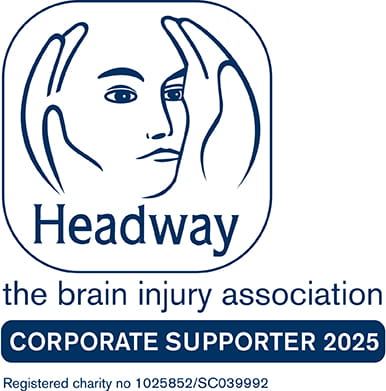It is worth noting that some of the main changes to The Highway Code are:
1) Positioning of cyclists in the road
- Cyclists should ride in the centre of the lane on quiet roads, in slower-moving traffic and at the approach to junctions or where the road narrows,
- Keep at least 0.5 metres (just over 1.5 feet) away from the kerb edge (further where it is safer) when riding on busy roads with faster moving vehicles,
- When cycling in groups, cyclists can ride two abreast; the guidance has highlighted that it can be safer to do so, particularly in larger groups or when accompanying children or less experienced riders. However, cyclists should remain considerate of other road users.
2) Positioning of cyclists at junctions
- When at a standard junction, i.e. a junction without specialist cyclist traffic light facilities, cyclists should proceed as if they were driving a vehicle. This includes positioning themselves in the centre of their chosen lane, where they feel able to do this safely.
- When cyclists using a junction are turning right, the code sets out two stages. These are:
- Stage one - when the traffic lights turn green, go straight ahead to the location marked by a cycle symbol and turn arrow on the road, and then stop and wait
- Stage two - when the traffic lights on the far side of the junction (now facing the people cycling) turn green, complete the manoeuvre
3) Pedestrians crossing the road at junctions
- When pedestrians are crossing or waiting to cross at a junction, other traffic should give way to them
- If pedestrians have started crossing and traffic wants to turn into the road, the people crossing have priority and the traffic should give way
- People driving, riding a motorcycle or cycling must give way to people on a zebra crossing and people walking and cycling on a parallel crossing
4) Updated guidance on safe passing distances and speeds when overtaking, including:
- Leaving at least 1.5 metres (five feet) when overtaking people cycling at speeds of up to 30mph, and giving them more space when overtaking at higher speeds
- Passing people riding horses or driving horse-drawn vehicles at speeds under 10 mph and allowing at least two metres (6.5 feet) of space
5) Use of the ‘Dutch reach’ when opening car doors
- This involves opening the car door using their hand on the opposite side to the door prompting them to turn their body and head when getting out.
- This technique helps to avoid opening car doors in front of pedestrians on the pavement or cyclists in the road.
- Allowing at least two metres (6.5 feet) of space and keeping to a low speed when passing people walking in the road (for example, where there’s no pavement)
6) For the first time, guidance has also been given about electric vehicle charging points, along with warnings to prevent trip hazards through trailing cables.
Kate Price-Marson, a specialist personal injury solicitor in Shoosmiths’ Birmingham serious injury department added: “At the heart of these changes is the desire to make our roads safer for all highway users, which is of course of paramount importance. I am glad to see that the changes to the Highway Code are being well publicised, but we should be mindful that not all road users will be aware of these updates. The AA undertook a poll of 13,000 of its members before Christmas and found that at least two in three drivers were unaware of the forthcoming changes.
“What is clear is that the Department for Transport have emphasised these changes do not remove the need for everyone to behave responsibly. I expect that the changes to The Highway Code will bring with them developments in forthcoming case law surrounding apportionment of liability between motorists, cyclists and pedestrians. We will be monitoring these developments and their implications closely.”
Shoosmiths have acted for cyclists who were injured due to the negligent driving of motorists, further detail can be found in the following articles:
£837,000 compensation for cycle accident | Personal Injury | Shoosmiths
£150,000 award for injured cyclist | post-traumatic amnesia | Shoosmiths
Disclaimer
This information is for educational purposes only and does not constitute legal advice. It is recommended that specific professional advice is sought before acting on any of the information given. © Shoosmiths LLP 2025
















